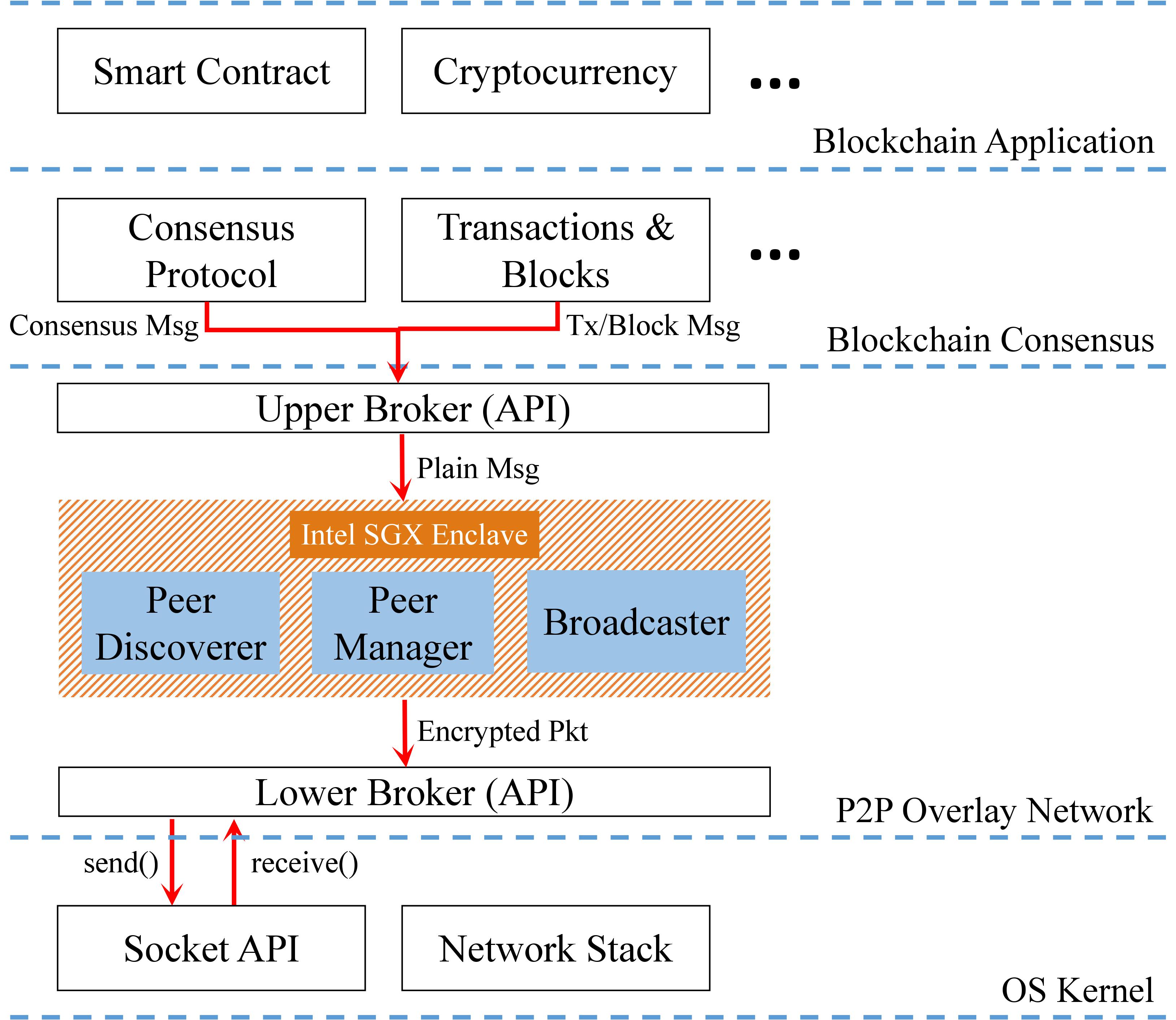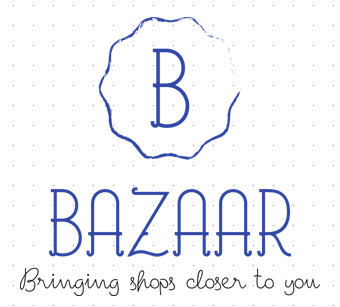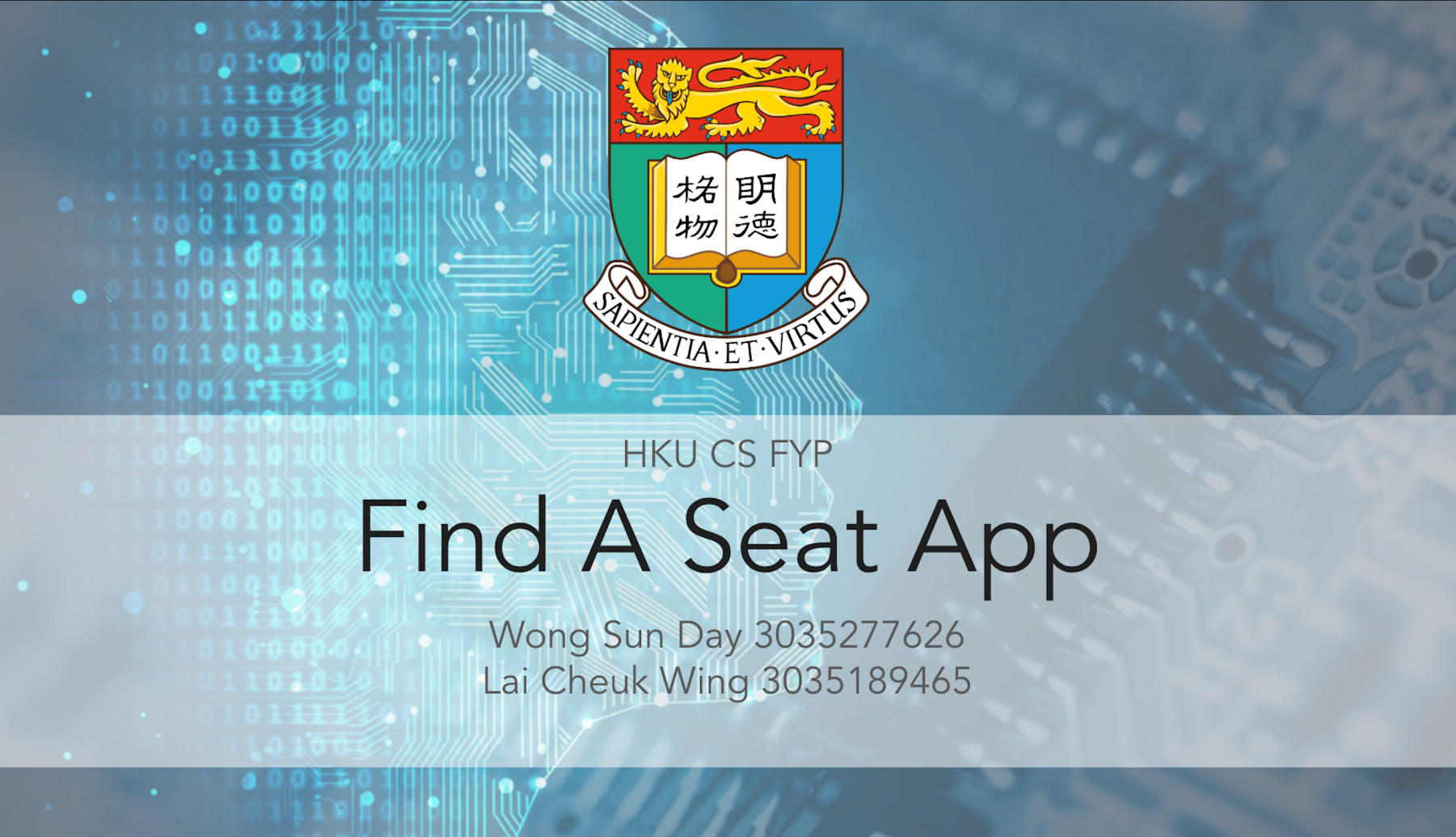Nominated Final Year / Capstone Projects from CIVIL, CS, EEE, IMSE, and ME
Appear in the 1st Engineering InnoShow (30 April 2019)
Coordinator: Dr. C.K. Chui (Innovation Wing, Faculty of Engineering)
List of projects

3D Food printer
The project aims to build a 3D food printer that is user-friendly for household users, through remodelling of the TEVO Tarantula 3D printer. Upon completion on configuration of hardware and software, an extrusion system is designed based on a meat mincer. The goal of this project is to print the customised dish with food material in high precisity. Another focus of this project is exploring food material applicable for 3D printing. With rich nutrient content and high formability, potatoes is chosen to make a great show with other supporting actress. The effort paid by the team does make an exciting return. It is wished that the efficiency of the printer can be greatly enhanced in the foreseeable future and finally be a necessary for a home.

A geography-based P2P overlay network for fast and robust blockchain systems
Project FRing focuses on improving the broadcast efficiency of blockchain systems. It includes a novel peer-to-peer overlay network protocol that improves communication efficiency and security among peers, and an implementation of the protocol in C++.

A MMORPG to raise public awareness on Computer Crimes
Create a Massive Multiplayer Online Role-Playing Game (MMORPG) populated with computer mechanism related elements that can help players raise awareness on cyber-secure behaviors in their daily computer and smart device usage. There are two game modes available for demonstration, namely single player career and multiplayer arena. The former displays how the story background is set and links the logic flow between the player and the AR device that allows the player to visualize computer mechanisms and cyber behaviors into magical spells and abilities. The latter allows up to 20 players to practice these abilities in a simulated battle arena where the objective is to take down the enemy “server”, which can then disable enemies to respawn from their server data and obtain victory.

Advancing optical label-free cellular imaging – from instrumentation to cell assays
Quantitative phase imaging (QPI) is an advanced optical microscopy technique that requires no sample staining and allows quantitative measurement of biophysical parameters of the cell specimens. This technique is desirable especially in live-cell imaging, as it can yield cellular dry mass distribution, intracellular dynamics as well as size of cells with minimal intervention/damage to the sample. A compact and easily-compatible setup of QPI was developed and applied to a wide range of biomedical applications, ranging from fundamental biological studies in brain imaging, to the clinical studies in drug-screening for breast cancer cells and characterization of pathogenic bacteria biofilms.

Augmented reality in retail
Through the BazaAR iOS application, we propose a hybrid shopping experience enabled by Augmented Reality technology and Photogrammetry. A retailer enters the application and adds items for sale with various details including product description and cost. He/she uploads images of this product which are then converted into 3D models(using Photogrammetry) by the application. Once the customer starts the application, he browses through the list of products for sale and selects a product from the list after which the respective 3D models is pulled out from the database for interactive viewing in Augmented Reality.

Decentralised media sharing platform
The application makes use of blockchain’s immutability and traceability to create a platform that can better protect copyright and fair use of media by providing secure storage and usage tracking. It aims to preserve the originality of the artwork by validating the proof of work during uploading.

Design secure digital wallets
This aim of the project is to design a secure crypto wallet. The application is a web application and it has incorporated 3 security features. The features are Two factor authentication, Hierarchical deterministic wallet and Multisignature technology.

Development of universal testing machine with digital image correlation system for soft and biomaterials
Research on the development of new types of biomaterials has become one of the major focus in the engineering field in recent years. The biomaterial is integrated with medical engineering so it can be engineered to interact with the biological system in the human body for the different medical purpose. In order to opt for the optimal biomaterial for a certain medical purpose, several testing related to the measurement of displacement and strain should be performed on the biomaterial. This project aim to develop an Universal Testing Machine (UTM) with Digital Image Correlation method (DIC) to provide a field true strain measurement and reduces the disturbance on the local mechanical response of the local mechanical response of the testing material, providing a better, more precise and immediate strain/displacement analysis of the experiment than using the extensometer.

Evolving Human-Like Micromanagement in StarCraft II with NeuroEvolution and Reinforcement Learning
In our project, we implement neuro-evolution using NEAT and reinforcement learning using Sarsa(λ) on micromanagement scenarios in StarCraft II involving the small-scale precise control of combat units. Using our developed training framework for applying NEAT to StarCraft II, we evolved neuroevolutionary agents that learned to demonstrate precise hit-and-run strategies to beat the in-game AI in ranged vs melee matchups. Our reinforcement learning agents using Sarsa(λ) learned to be successful in more complex micromanagement scenarios involving enemy engagement selection and timing. Our results serve as a proof-of-concept of the benefits and potential of the applications of these techniques in video games and represent meaningful contributions to the wider video gaming and artificial intelligence communities.

Find A Seat App
Many students endured a difficult and time-consuming search for an empty chair, particularly during the examination period. Furthermore, hogging seats with personal belongings for a long time are some notorious acts that are very common in the libraries. With a view to tackle these issues, this project “Find A Seat App” aims at building an application that can detect the occupancies of the seats in HKU Main Library in real-time. Two approaches, i.e. using Computer Vision techniques and Internet of Things (IoT) device, are examined and discussed in the project.

Identifying priority areas for the improvement of minibus service quality
The minibus is the third most popular form of transportation in Hong Kong, contributing 13% of all trips made in the city. This project aims to identify the priority areas for improvement of minibus services quality which could serve as a reference for related policy making in the future. An on-street questionnaire survey was conducted in December 2018 to collect the up-to-date data, primarily on the public’s ratings on 10 selected service aspects. An ordered logit model was then calibrated for the data to identify the relative importance of these 10 service aspects. After having the relative importance and the satisfaction ratings, an importance-satisfaction analysis was carried out to find out which service aspect has the highest priority for improvement. Result shows that among the 10 service aspects, “in-vehicle comfort” has the highest priority for improvement in both green and red minibuses.

MAXAR
To give an impressive presentation, we always use visual aids to emphasize key points. However, we usually use presentation slides. Then our team came up with a question – Why don’t we combine AR technology with presentations? MAXAR is a mobile application which utilizes AR technology to facilitate presentations. Users prepare their visual aids in our application by adding 3D elements or 3D text. They can either record their presentations and upload them to the Internet or deliver their presentations directly in front of the audience using their own device.
Our application shows an incredible potential in STEM education, e-learning, and entertainment.

Posture correction phone application
The fitness industry has experienced rapid growth in the past decade as millennials begin to realize the importance of staying fit and healthy. Strength building exercises are a primary component of all fitness routines but can be ineffective and dangerous if done incorrectly. As fitness trainers prove to be too expensive, we introduce TrainSmart. A phone application acting as an on the go virtual trainer, which not only assists users through their workout but also identifies mistakes in form and provides personalized feedback. TrainSmart uses a pose estimation library and a customized movement analysis algorithm to correctly count repetitions and spot errors in the user’s form. TrainSmart also consists of an automated phone stand, which tracks the user across the gym when he/she is performing the workout. The stand consists of an Arduino coupled together with a servo motor which communicates with the phone application via a Bluetooth connection.

Realistic visualization of bridge structure in a Virtual Reality environment
Efficient collaboration of data is essential for successful project delivery of
Building Information Modeling (BIM), which mainly relies on its visualization performance. VR technology can extend the advantage to create a more engaging and realistic environment for every stakeholder. As a large number of software for BIM and VR computing are available on the internet, it is vital to find the most effective workflow to transfer the project from modeling tool to the VR engine.
In this project, we would explore the performance of different software and hardware to find the best solution to BIM-VR collaboration workflow.

Single cell traction force measurement assay with multiphoton-based protein micropatterns
A multiphoton-based protein micropatterning technique was developed in our lab previously. In this project, protein micropillar arrays were fabricated for cell seeding, and it was utilized for single cell traction force measurement. On the other hand, a method for encapsulating cells in collagen gel for cell therapy was also developed in the lab before. In order to improve the efficiency of cell therapy using this method, characteristics of these cells has to be identified. Therefore, the traction force of stem cells that are migrated out from the gel and the cells that are not encapsulated in the gel were measured and compared to understand the differences between them.

SpaceKey: Exploring patterns in spatial databases for property searching
The demand for property is steadily rising with the significant market size of real estates across the world. Looking at the existing property searching applications, they only provide simple filtering functionalities about the properties, such as price, size, etc. However, in reality, users might have some complex requirements about the surroundings of their desired properties. To deal with this unsatisfied demand, we choose to facilitate an advanced query type – Spatial Pattern Matching (SPM), which is a new type of spatial group keyword query raised in recent research. Led by our supervisor, Dr. Reynold C. K. Cheng, its solutions have been well-discussed in theory. In our project, we want to fit these theories in this real-life scenario by resolving practical issues, as well as realizing some additional functionalities related to property searching. In the end, we have developed a standalone web-based application to demonstrate the importance and practicality of this newly proposed functionality.

Surgical robotics
The topic of the project is “Surgical robotic system development for dental applications”. A group of four students were dedicated to making a compact and dexterous dental robot specially designed for private dental clinics at densely populated cities like Hong Kong. Tendon-driven mechanism is adopted to minimize its size while a six Degree-of-Freedom mechanism in its joints helps boosting its dexterity. A haptic device was utilized to translate the hand motions of the dentist for teleoperation.

Understanding financial reports using natural language processing
This project investigates how mutual funds leverage credit derivative by studying their routine filings to the U.S. Securities and Exchange Commission. Credit derivatives are used to transfer credit risk related to an underlying entity from one party to another without transferring the actual underlying entity. Therefore, we developed both rule-based and NLP based methods to extract CDS information from thousands of files and aggregate into a dataset and further developed a one of its kind search engine to provide quick access to historic data
Project arrangements in CS
Dr. K.P. Chan (Department of Computer Science)
Teachers in Department of Computer Science provide a list of topics in Computer Science for students to choose. Students can work in team or individual. Students can also propose their own project.
The list of projects can be found here:
https://www.cs.hku.hk/programme/projects/csfyp/csfyp.jsp
Student individuals or groups, during the final year of their studies, undertake full end-to end development of a substantial project, taking it from initial concept through to final delivery. Topics range from applied software development to assignments on basic research. In case of a team project, significant contribution is required from each member and students are assessed individually, such that each student is given a separate project title. Strict standards of quality will be enforced throughout the project development.
Students will apply what they have learned over the 4 years in the University. They will either implement a useful system, or do a piece of research work. Students will have a chance to integrate their knowledge in the project.
The students learn how to integrate their knowledge to design, implement and test a computer system, or do a piece of research work. They also learn how to work in a team if they are doing a group project.
The project provides a chance for the students to do a serious piece of development or research. They will follow industrial practice and finish the work with limited time and resources. In case of research work, they have to learn how to do serious research in only a few months, and follow all research practices.
A good project is one that will demonstrates a good knowledge and implementation, in particular, in the following aspects — knowledge of computing, problem identification and analysis, system design, implementation and evaluation, teamwork and professional practices.
